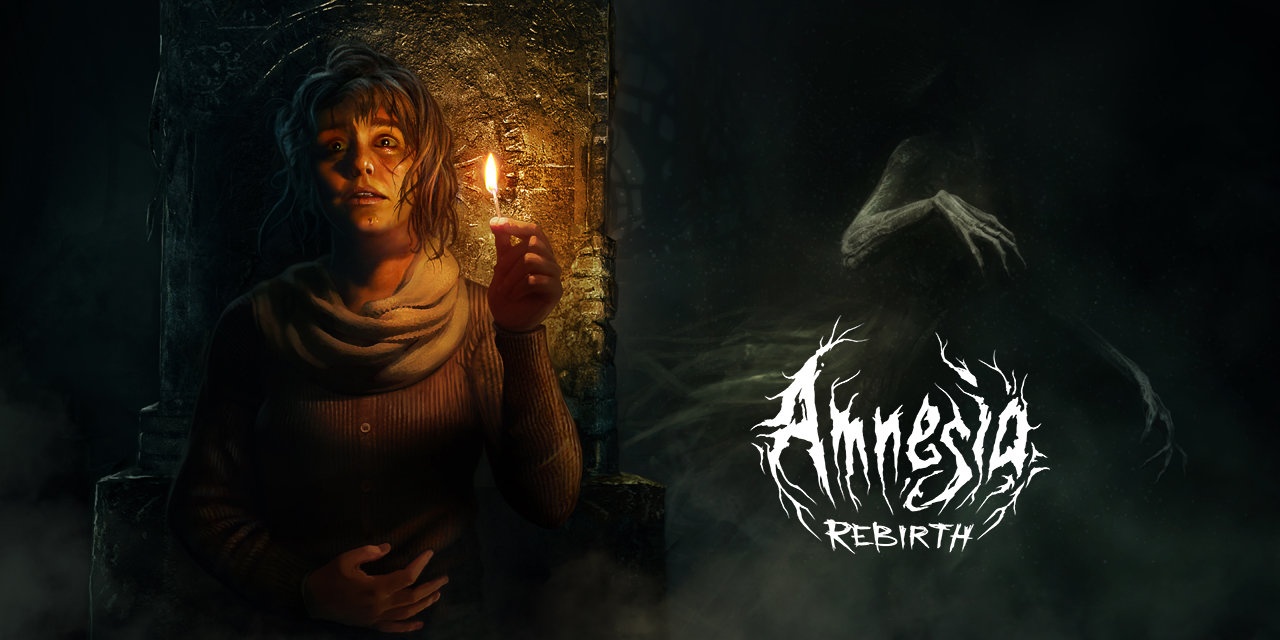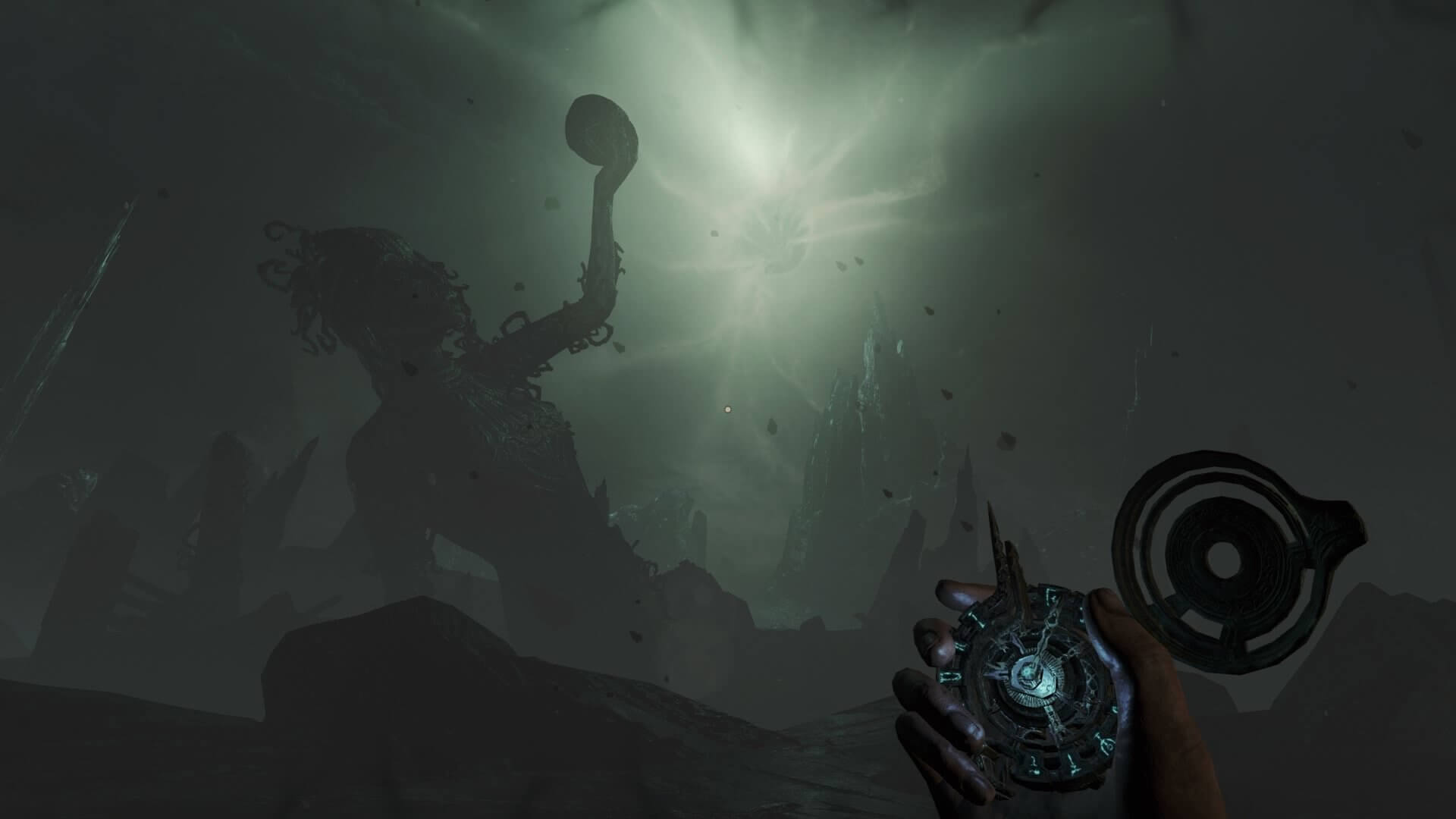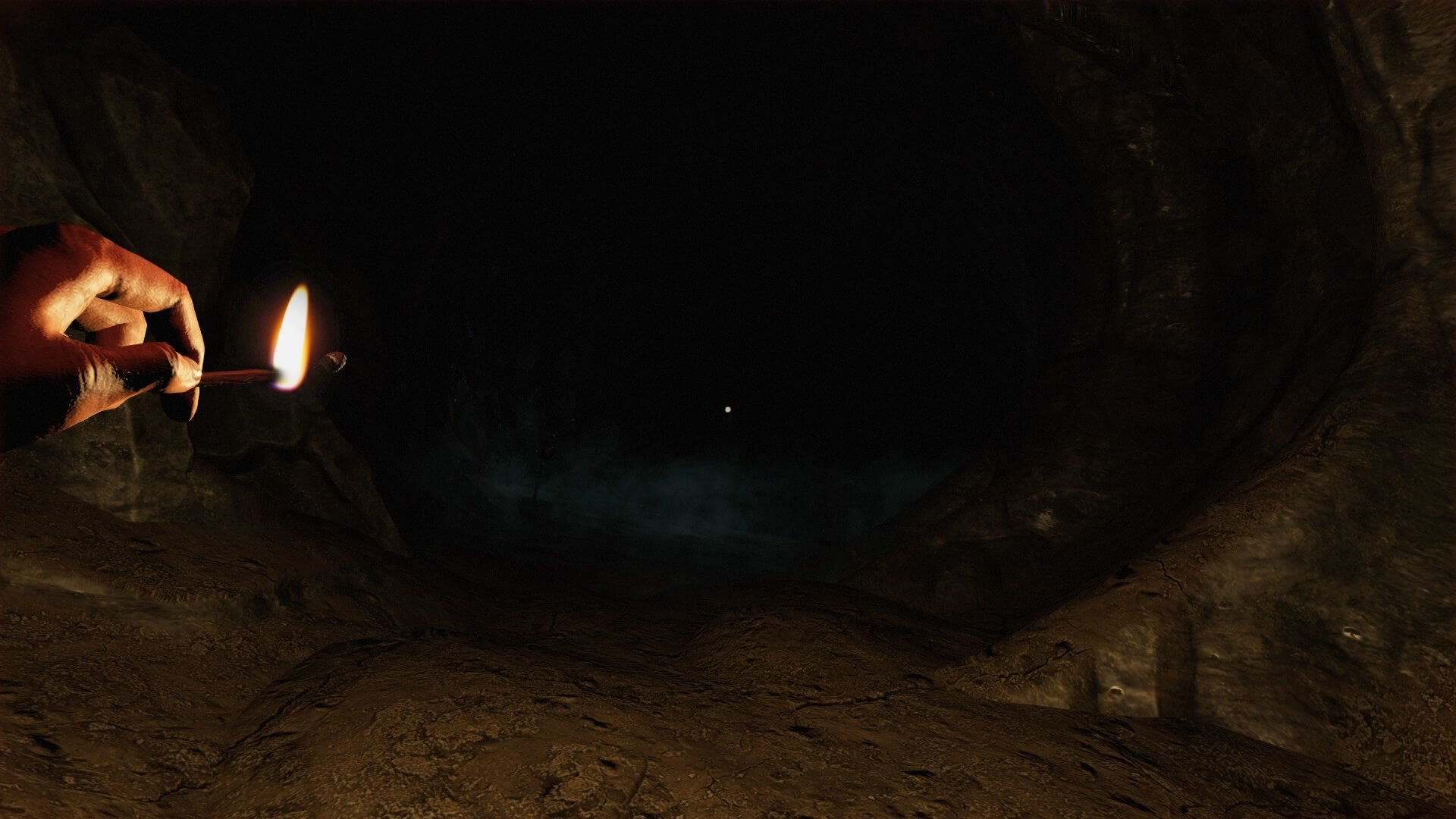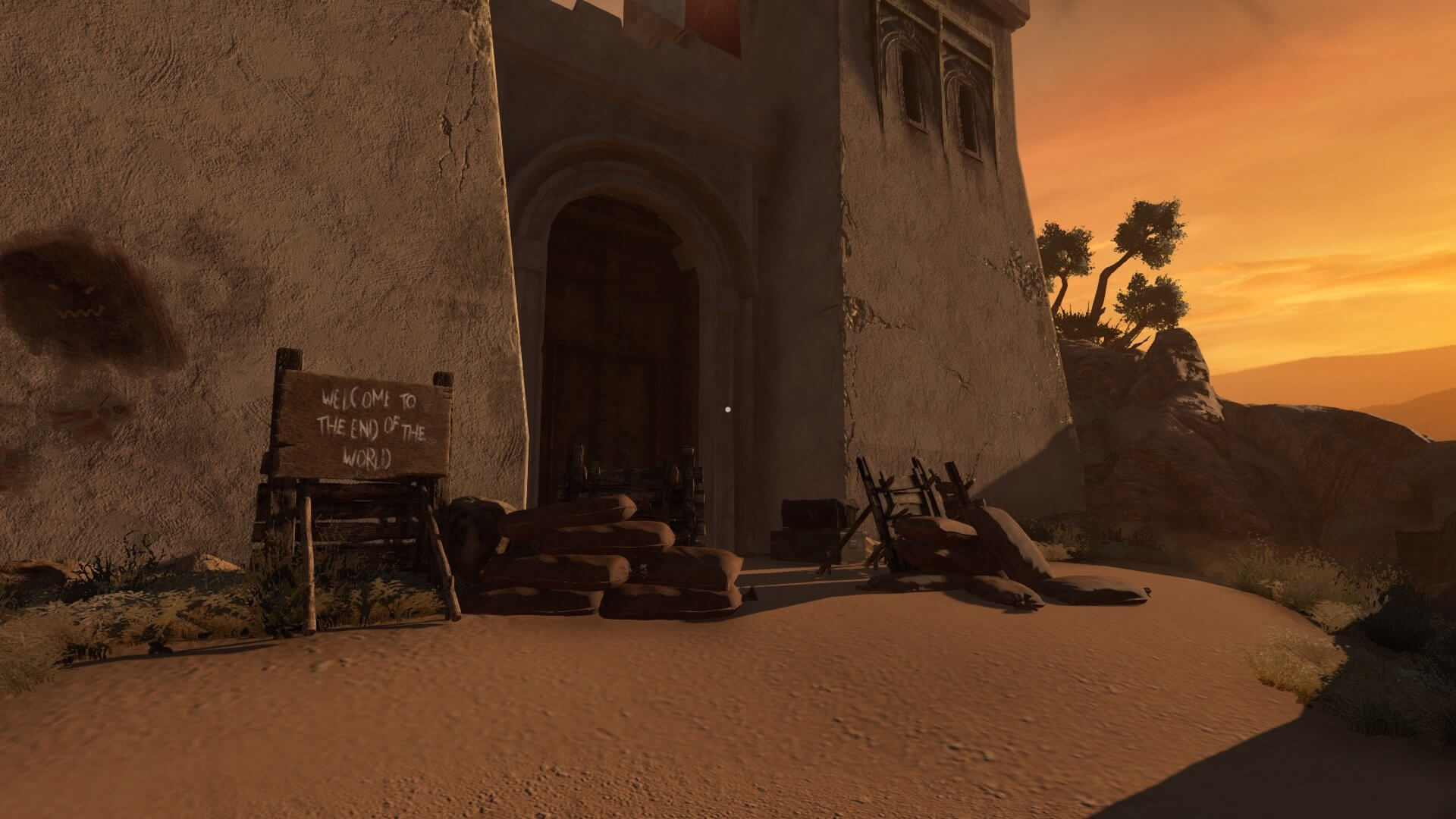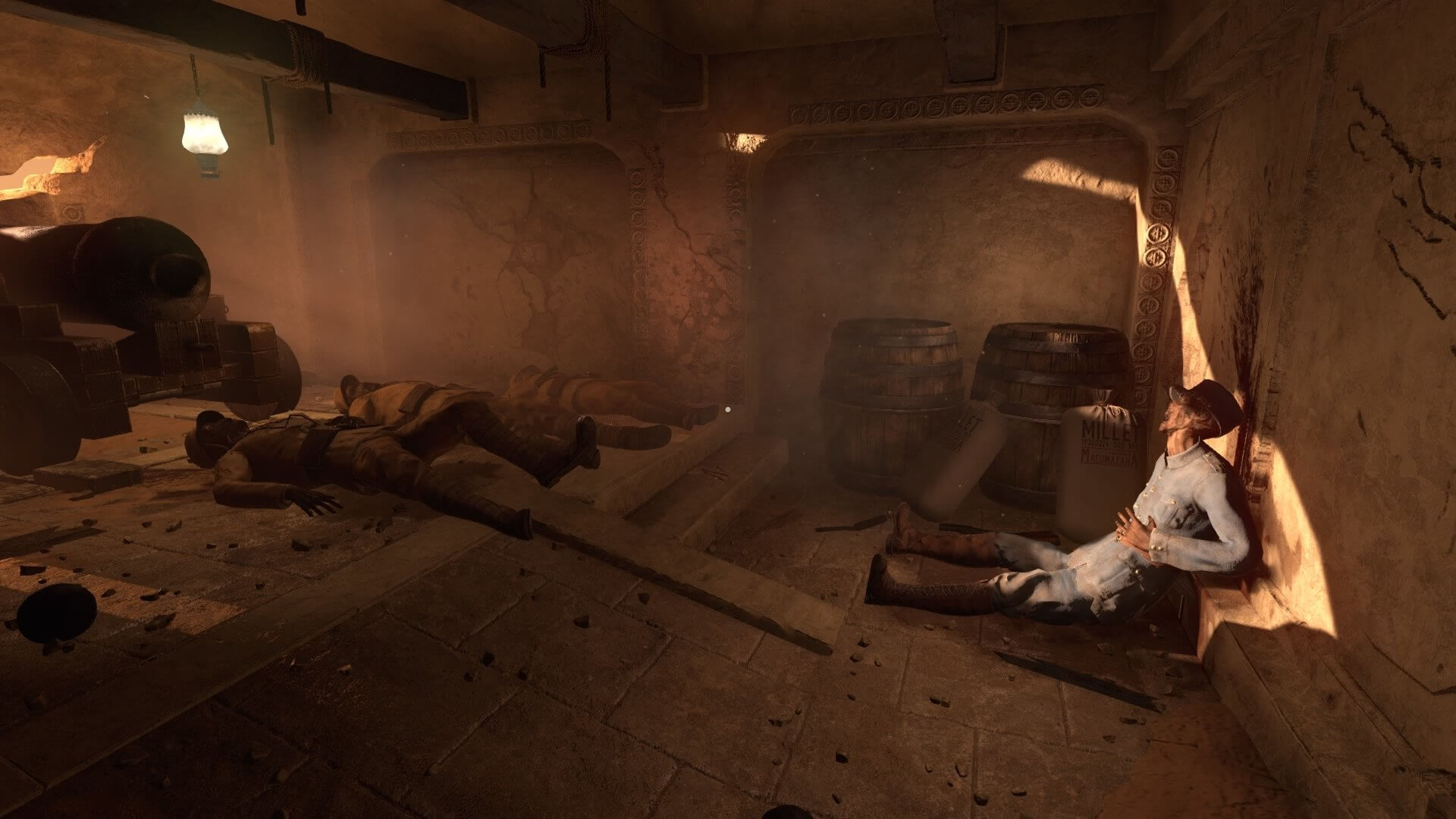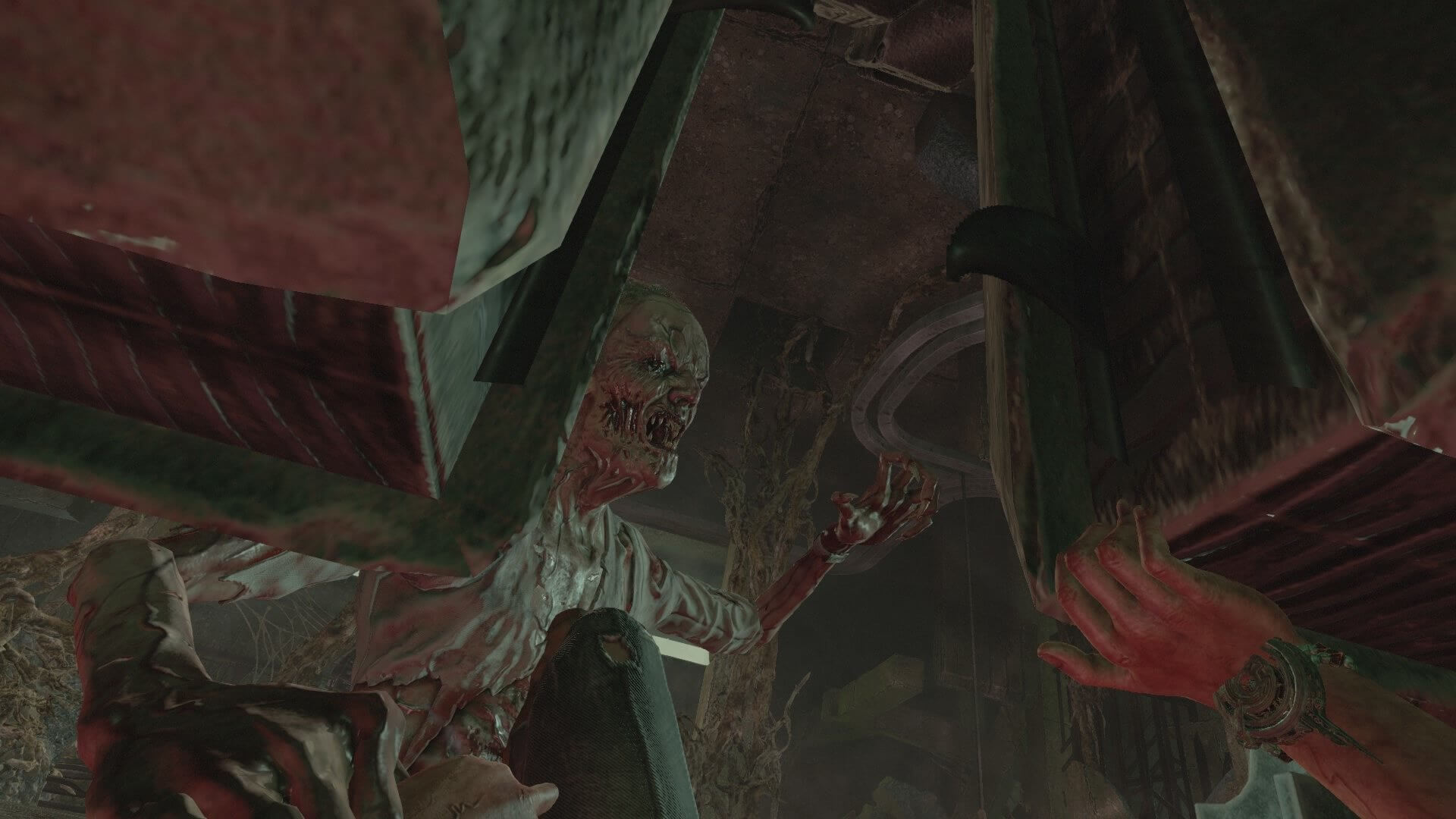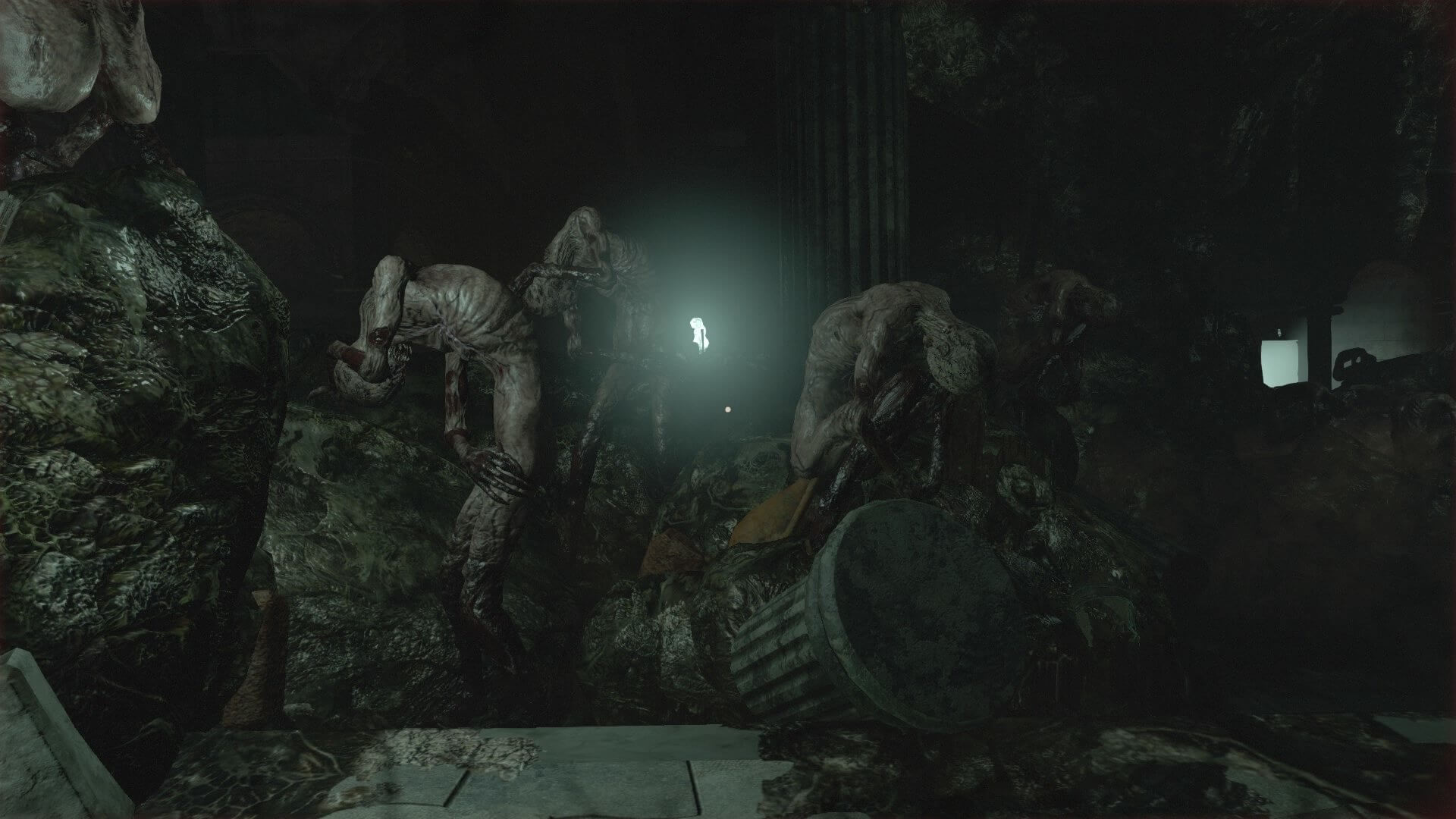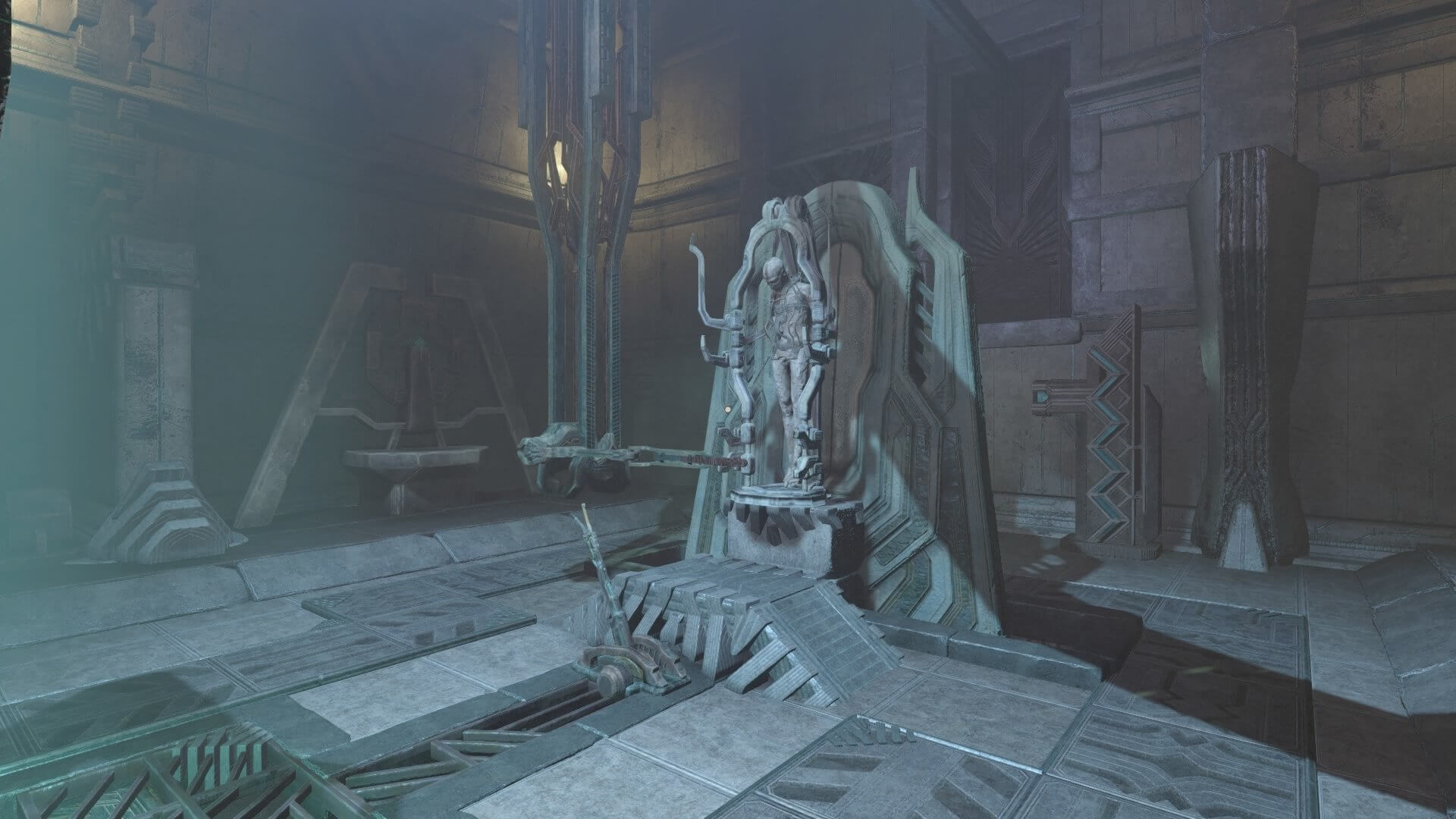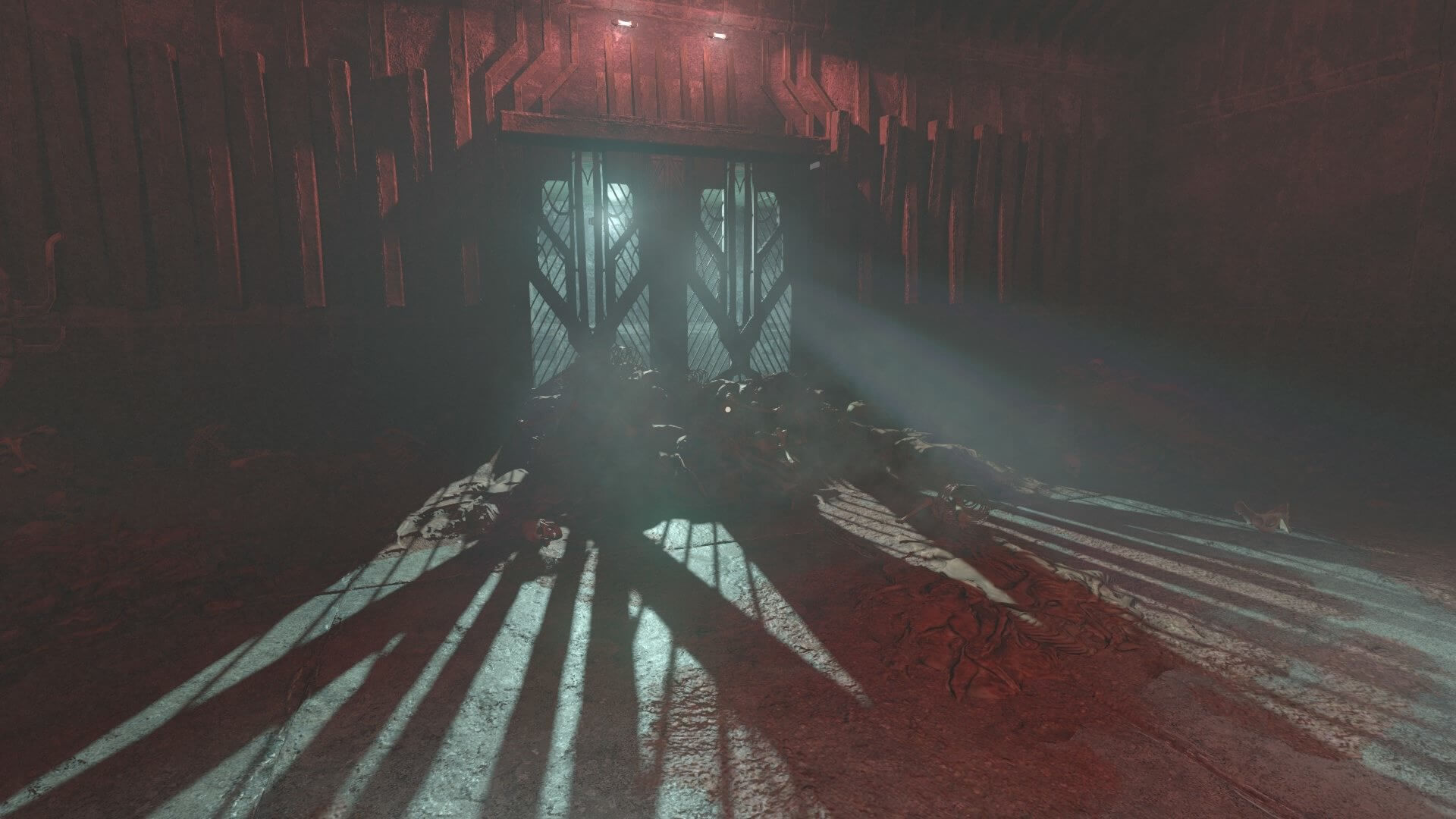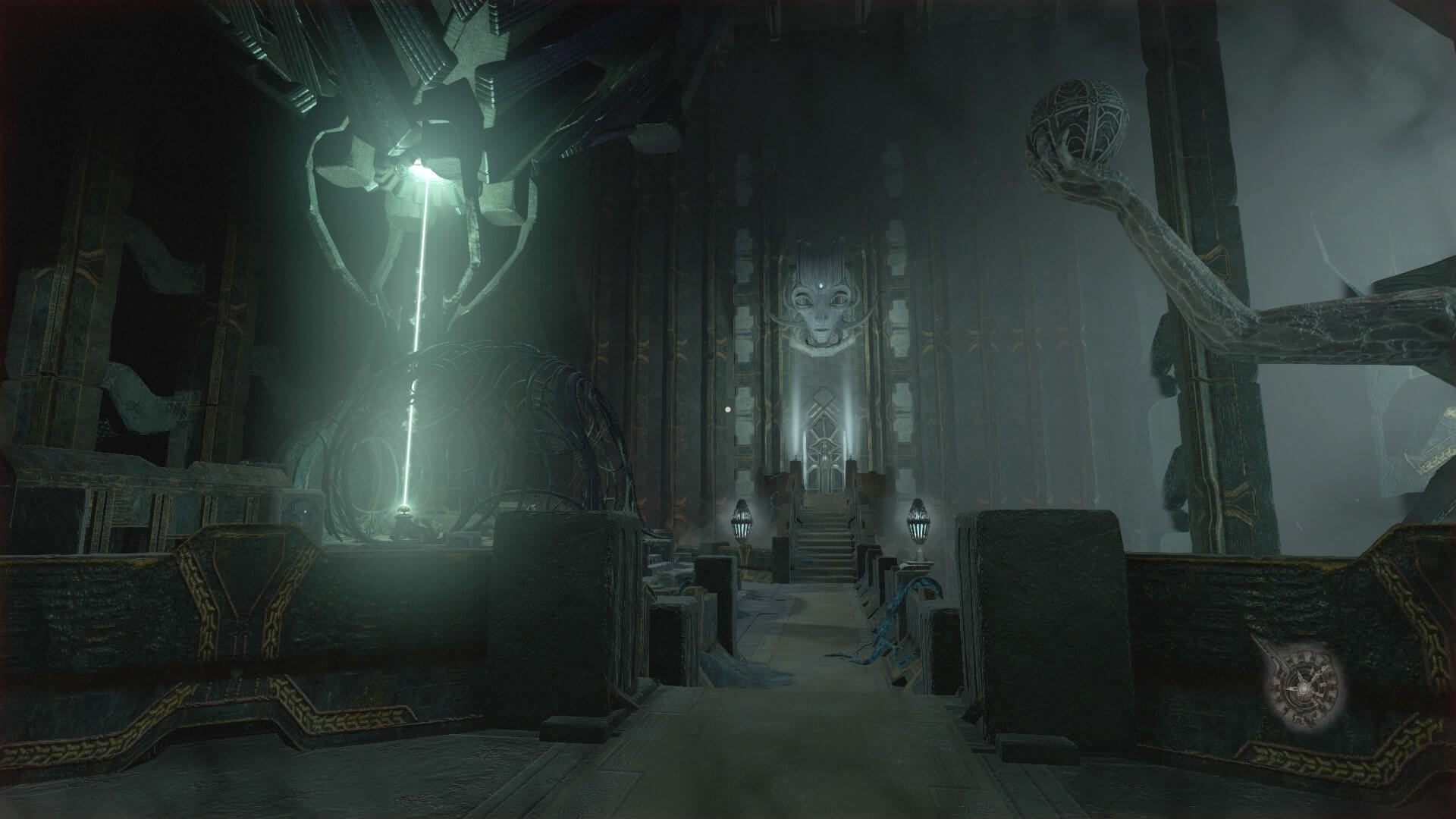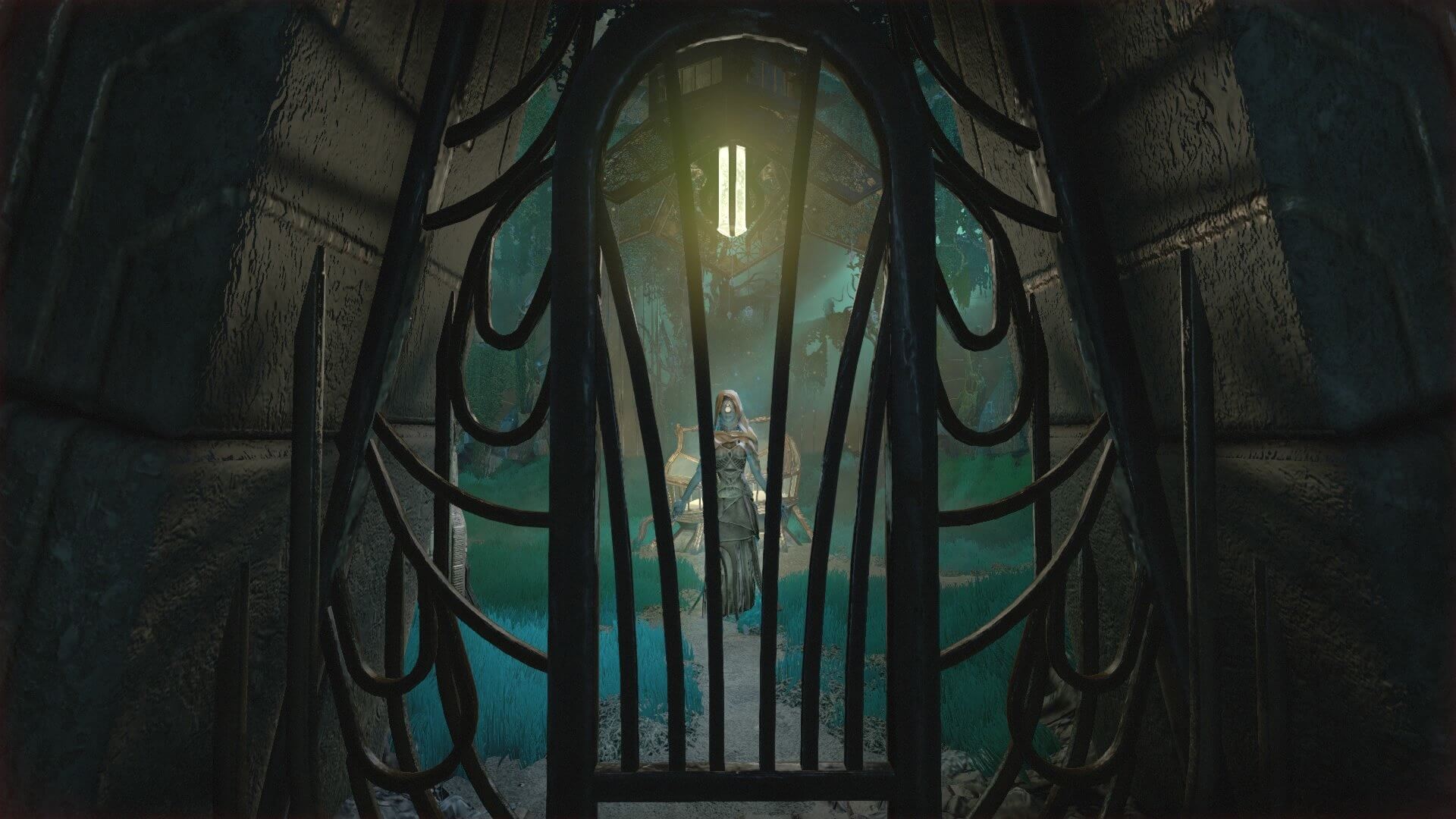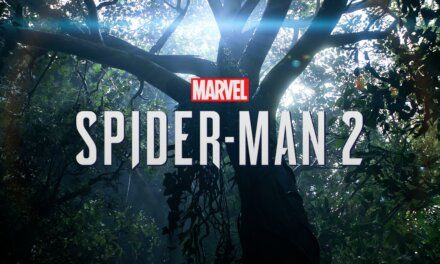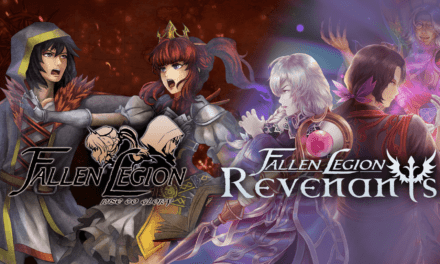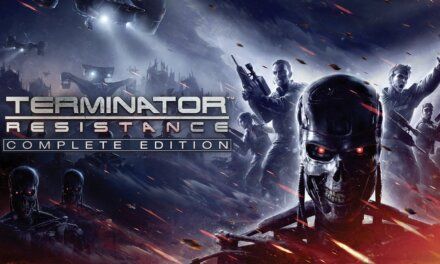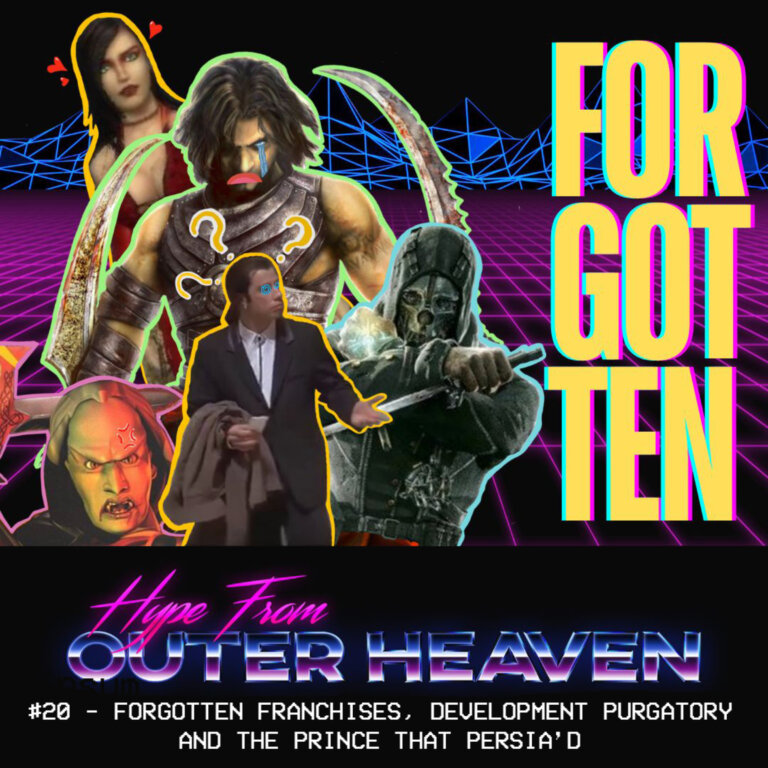“Fear. Oblivion. Hope.”
Hailing from Malmö, Sweden are the masterminds over at Frictional Games with the latest iteration from their landmark horror franchise: Amnesia: Rebirth. The 8th September 2020 marked the 10-year anniversary of the Amnesia franchise, with Amnesia: Rebirth acting as a not only as a direct sequel to The Dark Descent, but also as return to the series’ eldritch horror roots (writing out the mess that was Amnesia: A Machine for Pigs in the process) with the literary works of H.P. Lovecraft and William Hope Hodgson being the key reference points this time around. The game released for PC and PS4 on October 20th, and as always I’ll be going over the PlayStation 4 version of the game, highlighting the good and deconstructing the bad, while ultimately discussing whether the game is worth the £23.99 asking price (EU PSN Store).
It’s no secret that the literary works of H.P. Lovecraft have had a popularity boom over the last decade. From the 2019 quirky, b-movie romp: Color Out of Space to HBO’s excellent Lovecraft Country (which does a lot to tackle the author’s troubling history of xenophobia and racism) all the way down to the likes of 2018’s Call of Cthulhu and this year’s Moons of Madness (shamelessly plugging my own reviews here and here) the inspiration drawn from Lovecraft’s prose can be seen everywhere, only reinforcing the author’s legacy as the progenitor of cosmic horror. Video games drawing from the literature have been the very definition of a mixed bag (at least in recent years) dealing in archetypal themes of eldritch horror, while lacking finesse when it comes to gameplay design, usually juggling a number of different mechanics that present somewhat of an identity crisis (especially so in the case of Call of Cthulhu). However, this isn’t the case for all Lovecraftian video games, as there is one franchise that has done cosmic horror to an alarmingly well degree, which could also be argued as also being the catalyst behind the new wave of horror that succeeded its inception in 2010; I speak of course about Frictional Games’ nightmarish descent into madness: Amnesia: The Dark Descent.
The Dark Descent is subtle in the way it contextualises Lovecraft’s themes (being heavily reminiscent of the author’s short story: The Rats in the Walls) by relying on traditional mechanics commonly found in psychological horror. Within the game, the protagonist: Daniel senses and hears the creatures lurking in the dark, claustrophobic corridors of Brennenburg Castle long before they come into the visual spectrum, making the tension and suspense reach boiling point before the actual reveal of the alien monsters, which is as equally terrifying as they chase you down, leaving Daniel unable to defend himself while simultaneously trying to keep his sanity intact, nailing down the feeling of being powerless that is present in many of Lovecraft’s stories; to quote the author himself: “The oldest and strongest emotion of mankind is fear, and the oldest and strongest kind of fear is fear of the unknown”. The game also nails down the author’s signature gothic aesthetic, coupled together with excellent pacing, The Dark Descent is one of the strongest examples of cosmic horror done right, presenting a gameplay formula that would go on to be the framework for future horror titles (Outlast, Alien: Isolation, Resident Evil 7: Biohazard etc.) while simultaneously acting as a love letter to the author’s particular blend of horror. Amnesia: Rebirth is a direct sequel to The Dark Descent, coming around a decade after it’s predecessor. The game places you in the shoes of pregnant engineer: Anastasie ‘Tasi’ Trianon, along with her crew who are voyaging out to North Africa on a mining expedition in 1937, only for her plane: the Cassandra to get caught in a sandstorm and crash in the middle of the Nubian Desert. When Tasi awakens from the wreckage, she is unaware of her surroundings and how she got there; stranded and alone, her journey takes her into the very bowels of the desert, making her question her own sanity as she searches for her lost crew, as well as her memory of the events that took place soon after the accident.
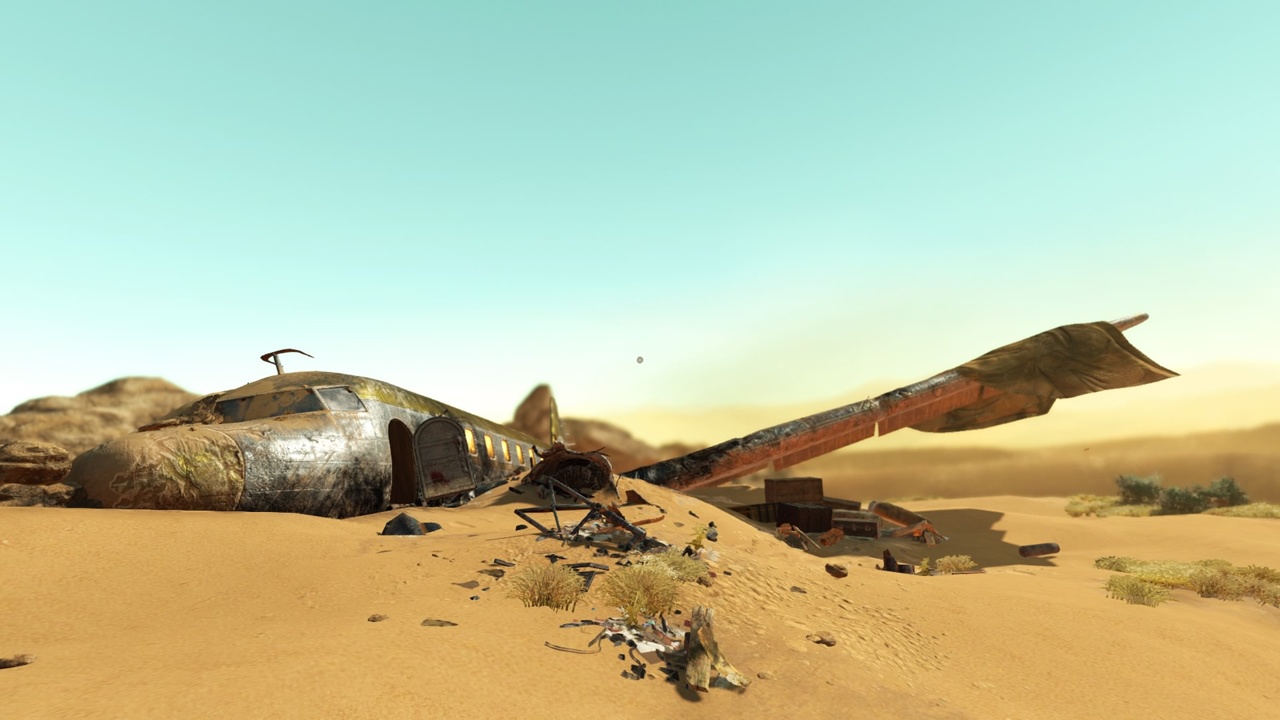
The narrative structure in Amnesia: Rebirth has come a long way since its predecessor, opting for more of a story driven experience while still keeping the series’ signature environmental storytelling intact; working in perfect tandem with the games’ exploration elements to flesh out Tasi’s surroundings. As with its predecessor, the Lovecraftian themes are present throughout Rebirth, while also taking some narrative queues from the work of one of Lovecraft’s literary peers: William Hope Hodgson, whose 1912 novel: The Night Land was described by Lovecraft as “one of the most potent pieces of macabre imagination ever written”. The central theme of Amnesia: Rebirth is bond of motherhood, and how the strength of that bond can never be bent or broken, even in the face of immediate danger, as Tasi explores the remnants of an extinct world (formally referred to as the Otherworld in The Dark Descent) who let their pursuit of knowledge get the better of their moral compass, accepting that human agony and pain were a small price to pay in the face of technological innovation, becoming monsters themselves in the process. Further reinforcing the narrative structure (and in turn the creature design) Rebirth lends itself to middle-eastern mythology, specifically those of the (anglicised) Ghoul, which is a Jinn in Arabic folklore, perpetuated to lurk around graveyards with an insatiable hunger for human flesh; which doesn’t do their in-game equivalents justice as to how downright terrifying they are.
In terms of gameplay, Amnesia: Rebirth plays very similar to its predecessor, albeit with some minor changes. As to be expected, Darkness is your worst enemy as it directly affects Tasi’s fear level (similar to how Daniel’s sanity was affected in The Dark Descent) with seething black tendrils slowly encompassing her vision, which (if left unchecked) will cause her to lose control of her mind and wake up soon after disoriented, wondering what foreign body now pulsates through her veins. Light sources and checking in on her unborn child when it kicks reduces Tasi’s fear, however witnessing disturbing events and looking directly at Ghouls increases it. The survival horror-esque resource management makes a return from the first game; items such as matches and lamp oil can be used to provide light sources as well as light torches and candles, offering some level of relief from the oppressive darkness. In terms of enemies, the random encounters of the monsters from The Dark Descent seem to be a bit more scripted this time around, but it doesn’t detract from the experience too much as the original ‘cat and mouse’ mechanics still work exceedingly well, giving Tasi limited means of defending herself, leaving her with the option to either run or hide. On the subject of running, there are some sections that are scripted chase sequences (similar to those in Outlast II) and while this isn’t necessarily a bad thing, I can’t help but feel that the game would have benefitted if these sequences (along with the creature encounters) were a tad more organic and unpredictable. In terms of the exploration factor, one of the new changes this time around is an amulet that allows Tasi to open doors to secret areas of the Otherworld; in addition to this, the game’s story is further reinforced by Tasi recalling memories by discovering areas that she and her team have previously visited, as well as the notes, photos and files that have been left behind, further rewarding player exploration. Alongside to the game’s exploration mechanics, the same ‘point and click’ gameplay style remains intact, allowing you to interact with nearly every object in the game, with the environmental puzzles themselves taking a more forgiving approach in terms of difficulty, making the formula a bit more accessible to newer players who might be unfamiliar with the mechanics of the previous game.
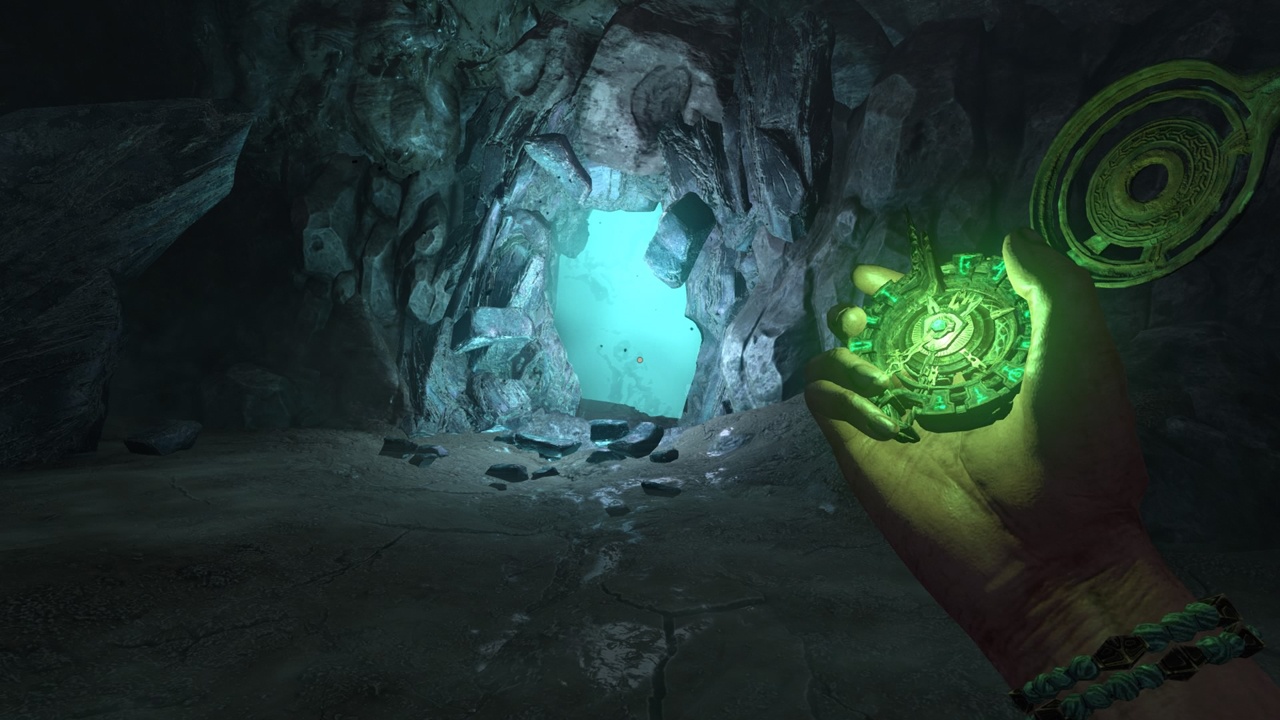
One standout feature of Amnesia: Rebirth is by far it’s environment design, which is one of the most important factors of any horror game looking to hold its own. While The Dark Descent exclusively takes place within the gloomy corridors of Brennenburg Castle, the variety of environments within Rebirth are a breath of fresh air for the franchise; everywhere from the sun-drenched Nubian Desert, the eerily dark remains of the French garrison in the mountains to the haunting remains of the otherworld are dripping with atmosphere from every pore, and is a testament to Frictional games’ ability to create true horror. In terms of performance Rebirth is a bit of a mixed bag, offering a dynamic resolution fixed at a 30fps cap on both PS4 Pro and the OG PS4, with the PS4 resolution capping at 1920x1080p and the PS4 Pro at the usual checkerboard 4K 3840x2160p; the frame rate remains consistent across the board with very few dips in performance over the 8 to 10 hours you’ll spend in the game. Overall Amnesia: Rebirth is another solid entry in Frictional’s landmark horror series, paying great attention to detail in terms of atmosphere and environment design, resulting in an experience that is downright perfect for the spooky season, and for what’s on offer here, £23.99 is a steal.
A PlayStation 4 review code was provided by Frictional Games.

